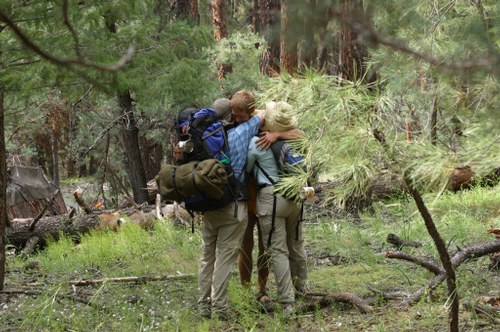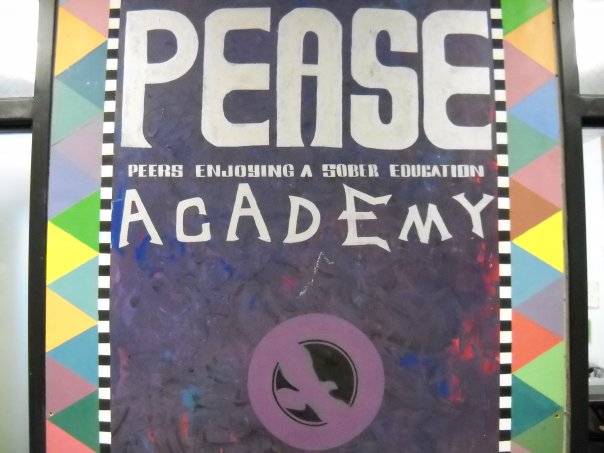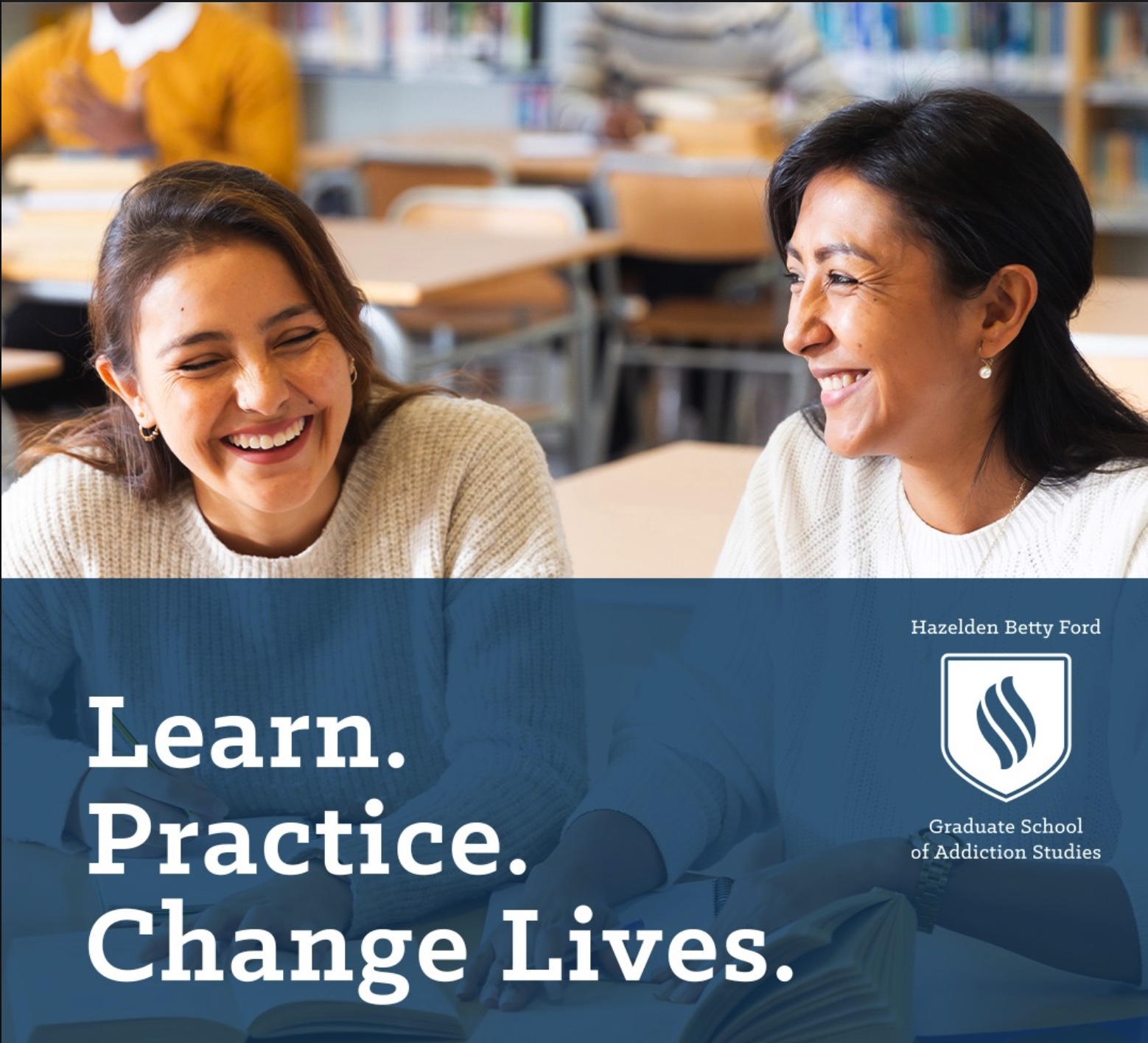Choose a recovery method that’s right for your adolescent.
By Kelsey Allen

We talked to experts from four adolescent recovery support networks: a phased reintegration program, an outdoor behavioral healthcare provider, a 12-step fellowship, and a recovery high school.
Despite their different methods and philosophies, they all say the same thing: Adolescents are just as interested in their recovery as adults coping with addiction, and teen recovery programs do work.
Phased Reintegration: Turning Point
Al Samaras knows addiction. He understands how a simple painkiller for a dental procedure can turn into treatment centers and sober houses and meetings. He knows how it can rob a man of his wife, kids, job, and car. But above all, Samaras knows that graduating from a treatment center doesn’t mean that he has recovery down pat.
“I walked out of each treatment center as if I had it,” Samaras says. “What I learned is that it doesn’t work that way. I may have been sober, but I was just coming out of a bubble. I had no idea how to stay sober in the real world.”
Samaras eventually landed at Turning Point, an extended care sober living environment for young men located in New Haven, Conn. Established in 2003, Turning Point is now recognized as one of the most innovative transitional living environments for young men. Today, Samaras is Turning Point’s vice president.
“Ultimately, this program is about recovery, but a lot of what we do is about building life skills and coping skills and learning how to be an independent, sober, young guy,” Samaras says. The three-phase process begins with the orientation phase, in which new residents meet with their case manager and therapist to develop a continuing care program filled with goals and objectives, much like a roadmap for the rest of their stay at Turning Point. Typically, Phase One lasts four weeks, but there is no deadline.
In Phase Two, the focus shifts to independent sober-living skills including interviewing for jobs and finding recovery meetings in the community. “It’s one thing to learn about this [in treatment],” Samaras says. “It’s another thing to do it.”
Phase Three is sober living. The residents are still responsible for meeting with their case manager and therapist, and by this point, they have jobs and school lined up, they have a sponsor, and they know where to go for meetings. Throughout all three phases, the older residents mentor the younger and show them that it’s possible to have fun without getting high. “What do 20-year-old guys like to do?” Samaras asks. “Well, they like to shoot one another with paintball guns.”
Although phased reintegration is key to increasing rates of sobriety in the adolescent and young adult population, the reason Turning Point works, Samaras says, is the peer support. “The young man who has been here for four days and just wants to go home and see his girl is sitting down with a guy who has been here for 10 months, and he sees him working and taking a few college classes,” Samaras says. “[The older guy] says this will pass, and this is what I did to get better. That is the magic of the program. Turning Point is going to go quickly, but that group of men is going to keep that man sober the rest of his life.”
Outdoor Behavioral Healthcare: ANASAZI Foundation
Picture a boot camp where bad kids are sent away so their parents can have peace of mind. Picture a wilderness experience in which adolescents carry heavy packs and are yelled at by trail guides when they can’t keep pace. Now, imagine the exact opposite.
For the past two decades, Michael Merchant has worked to build up a wilderness program founded on the notion that there is greatness and harmony in nature.
“We believe the wilderness is not a place to break kids down,” says Merchant, president of ANASAZI Foundation and chairman of the Outdoor Behavioral Healthcare Research Cooperative. “No one has to be in their face. We are hoping they are not making choices to avoid consequences. Instead, we hope they are making choices in the context of relationships. We call it inviting a change of heart and not behavior.”
What Merchant means is that the adolescents who come to ANASAZI, referred to as YoungWalkers, are not seen as objects that need to be fixed but as people with hopes and dreams. When a young person arrives at ANASAZI, and more than 200 a year do, they go through an assessment (both mental and physical) and then immediately pack their gear. Once packed, they head to the field where, for the first four to six days, they will be with a Trail-Walker, or guide, one-on-one to become integrated to the environment. Once comfortable, they will hike at their own pace out to the other groups who are already in the field (there are separate groups for boys and girls). For the next five to six weeks, the older kids mentor the newer ones as they all plan group gatherings, hikes, meals and camp activities.

Merchant says that it is in a place such as the Arizona wilderness where youth suffering from addiction can take a deeper look inward instead of just at behavioral issues. “It is an environment where [the young people] are left to stand before their own consciousness,” Merchant says. “It’s very conducive to change.” As participants in the ANASAZI program, the youth are responsible for building the shelters, planning the hikes, making the meals, and working through the difficulties of their own lives. “The best chance for change is when they become fully responsible, and too often we let young people off the hook.”
Merchant believes the changes experienced by the parents involved in the program are just as important as the changes he sees in the youth participants. A requirement of the program is parental involvement, which, in simplest terms, involves an orientation in the beginning and a two-night and three-day stay with their teenager in the end. This alliance between ANASAZI and the parents is pivotal to the success of the child, Merchant says. “The work we do with the parents takes their focus off changing their child to making the changes they can make,”
Merchant says. “Most parents feel pretty stuck when they come. We help free them from that. When they regain that sense of empowerment, then they feel like they can make changes in their relationship with the child.”
12-step Fellowship: Teen Addiction Anonymous
As a crisis counselor running a recovery group at an alternative high school in Phoenix, Susan Rothery has heard why there can’t be a 12-step program on campus a million times before: Kids aren’t mature enough to make the commitment to recovery that 12-step programs such as Alcoholics Anonymous and Narcotics Anonymous require (plus that little issue of God). But in 2003, Rothery met a group of students who wanted to prove the critics wrong.
Seventeen students met in a classroom to hear Rothery repeat what the researchers were saying behind their backs: “Kids your age aren’t ready to make a lifetime commitment to never have another beer or joint.” After a couple minutes contemplating, one student raised his hand and said, “Don’t we have the right to work on an addictive behavior that is really hurting us, and as we get better, we’ll learn how to bring that into other decisions in our lives?”
Awed by the brilliance of this comment, Rothery made it her mission to help these students bring a 12-step program to their school. To start, they had to come up with a name. They chose Teen Addiction Anonymous. Next, they had to establish some rules.
They wanted to have a program they knew worked, and they knew the 12-step program worked. To address the God problem, they referred to a Higher Power instead of God and to the Serenity Pledge instead of the Serenity Prayer.
They didn’t want to be with “old people.” They wanted to be with peers. “They wanted something structured because they live in a very unstructured world,” Rothery says. And this involved one crucial rule: During meetings, kids could not talk about their addictions.
“When people talk about getting high, it is a trigger for anybody in that group who has a problem,” one student said to Rothery. Since 2003, Rothery has lobbied for support in Washington, D.C.; gotten approval from Alcoholics Anonymous World Services, the parent organization of all 12-step programs, to change the 12-step to cater to the needs of the teens; received the green light from the IRS to create a nonprofit; developed its first board; and involved 20 more schools in Arizona.
Rothery says the mission now is to create a national model. “These kids found the answer when no one knew the answer,” Rothery says. “We are hoping this program will be the common thread for kids so they know there is a place to land when they are in trouble.”
Recovery High School: P.E.A.S.E. Academy

High school is hard enough. But if a recovering teenager returns to his old high school, his old friends, and his old routine after treatment, he is almost guaranteed to find his wayPease back to treatment. Michael Durschslag, director of P.E.A.S.E. Academy, thinks this is why P.E.A.S.E. is so successful: Abstinence is a requirement 24 hours a day, 365 days a year, on campus and off.
P.E.A.S.E., or Peers Enjoying a Sober Education, is the oldest recovery high school in the U.S. Since its inception in 1989, P.E.A.S.E. has worked to help students develop a life in recovery as well as earn a top-rate education. A typical day at P.E.A.S.E. includes: a formal sobriety support group led by a licensed alcohol and drug counselor, a sobriety support group, an in-school sobriety check-in, a peer support team meeting, some sober social activities, and, of course, the core academic hours.
Durschslag says that above all, it is the peer support that keeps 95% of students sober while at P.E.A.S.E. “[The students] go to school with 75 other young people in recovery,” Durschslag says. “I know there are people who are in recovery in the major high schools, but you just don’t know who they are. Here, everyone has made a commitment to recovery. Everyone is in the same boat.”
Another reason Durschslag says P.E.A.S.E. continues to graduate sober teens is the sense of community and belonging on the Minneapolis campus. “The disease of addiction is marked by isolation,” Durschslag says. “We want our students connecting and engaging in the classroom, but we are a school of recovery, and that means you are committing to the best of your ability. So you are going to pass your classes and make progress toward graduation and build a life on healthy choices.”



No responses yet